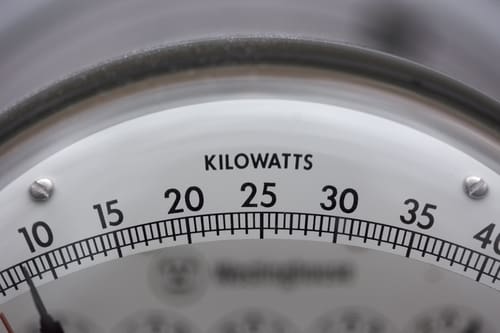Light-emitting diodes (LEDs) are fast becoming a popular lighting choice for both residential and commercial buildings. Today, LEDs are one of the most energy-efficient and rapidly-developing lighting technologies in the industry, according to the U.S. Department of Energy.
The United States can expect to save more than $30 billion in energy costs by 2027 due to widespread use of LEDs as a lighting source. LEDs get their light source from a mix of red, green and blue LEDs, typically used to make white light. They also emit light in a specific direction, which makes them more efficient commercial lighting solutions because they don't require reflectors or diffusers to help aim the light. LEDs use little heat compared to incandescent bulbs that release 90 percent of energy as heat and compact fluorescent lights that release as much as 80 percent of energy as heat.
Another benefit of LEDs is their long lifespan. LEDs can last for as long as 50,000 hours, compared to up to 2,000 hours for incandescent bulbs and 10,000 hours for a compact light bulb. LEDs also slowly fade out, offering building managers a chance to replace the bulb before they no longer emit light.
LEDs are perfect for businesses who want to save money and turn to energy efficiency. LEDs will bring big savings to commercial buildings.





